Que viene el Coco. (Here comes the bogey-man.) (1796-1797)
Technique: Giclée quality print
Recommended by our customers
More about this artwork
The etching “Que viene el Coco” (Here comes the bogey-man) crafted by Spanish artist Francisco de Goya between 1796 and 1797, presents a haunting scene drawn from the darker realms of folklore. This work is part of Goya's famous series called "Los Caprichos," which explores the complexities of human nature and societal issues through a mix of satirical and fantastical elements.In this eerie depiction, we observe a woman seated on a bed, her body angled towards two frightened children clinging to her. Her gaze is fixed on a menacing, cloaked figure that looms before them. The figure, representing the mythical bogeyman or "El Coco," is draped entirely in white, with no discernible features, embodying the pure essence of fear. The dramatic contrast between the stark, dark background and the ghostly white of the bogeyman enhances the atmosphere of dread.Goya masterfully uses this chilling imagery to explore themes of fear and the power of superstition in controlling and manipulating individuals, particularly children. The portrayal not only reflects societal fears but also critiques how such tales are used to instill obedience and submission.This powerful piece invites viewers to reflect on the shadows that linger in our collective consciousness, the stories passed down through generations, and their impact on our behavior and beliefs.
Delivery
Returns
Francisco José de Goya y Lucientes (30 March 1746 – 16 April 1828) was a Spanish romantic painter and printmaker. He is considered the most important Spanish artist of the late 18th and early 19th centuries. His paintings, drawings, and engravings reflected contemporary historical upheavals and influenced important 19th- and 20th-century painters. Goya is often referred to as the last of the Old Masters and the first of the moderns.

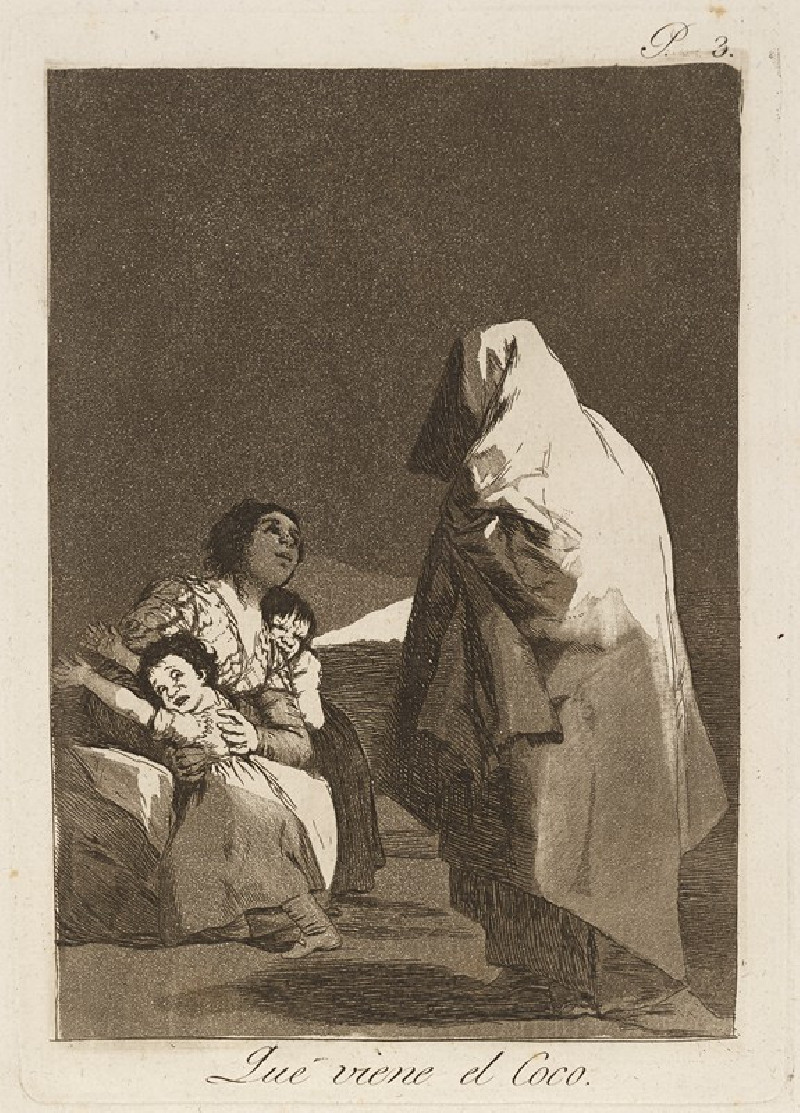

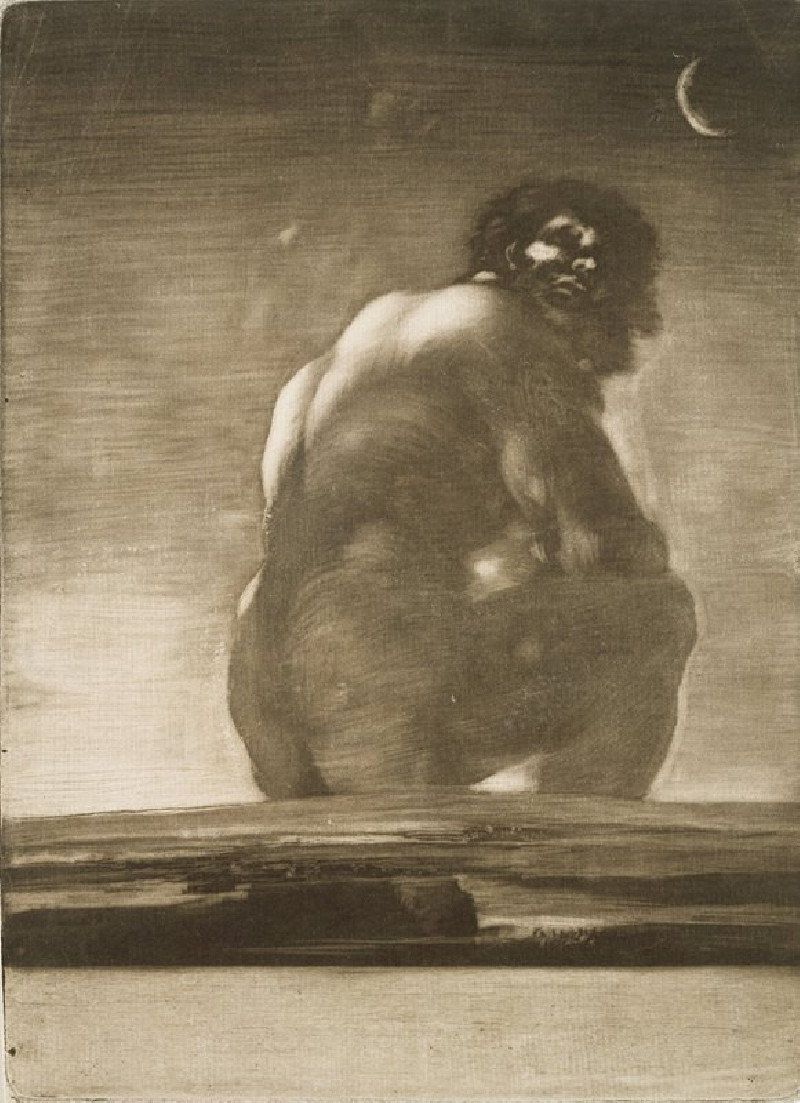
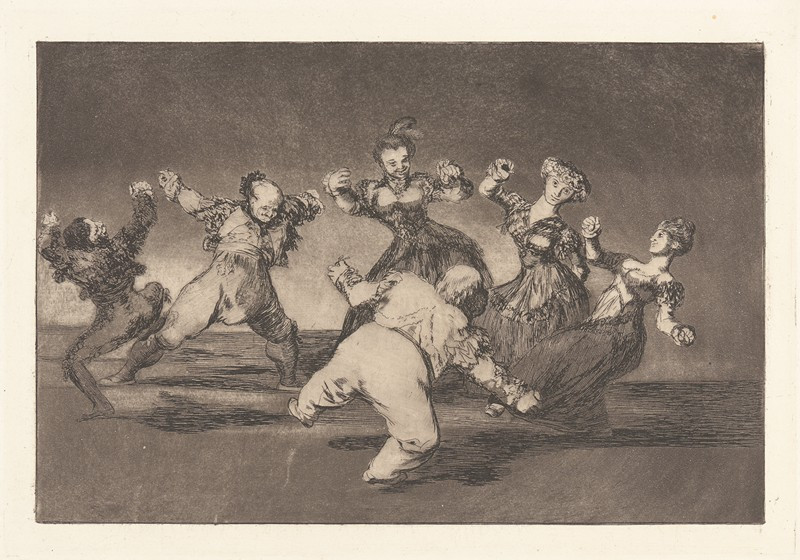
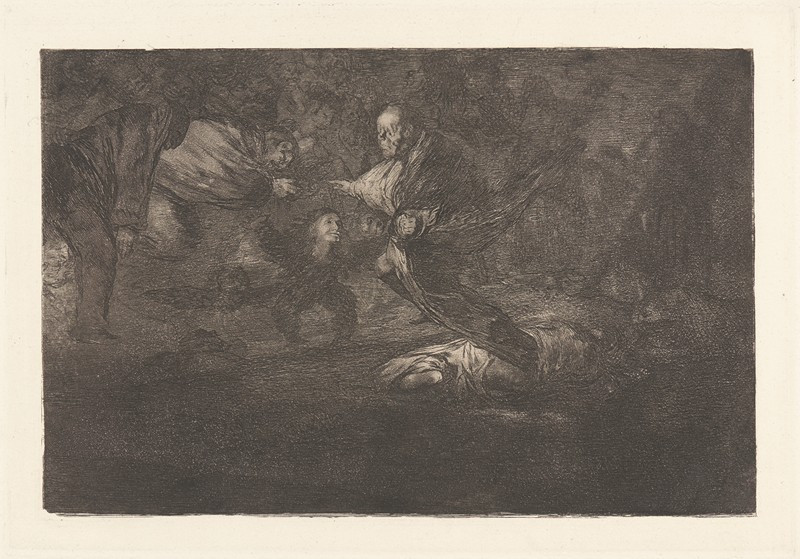
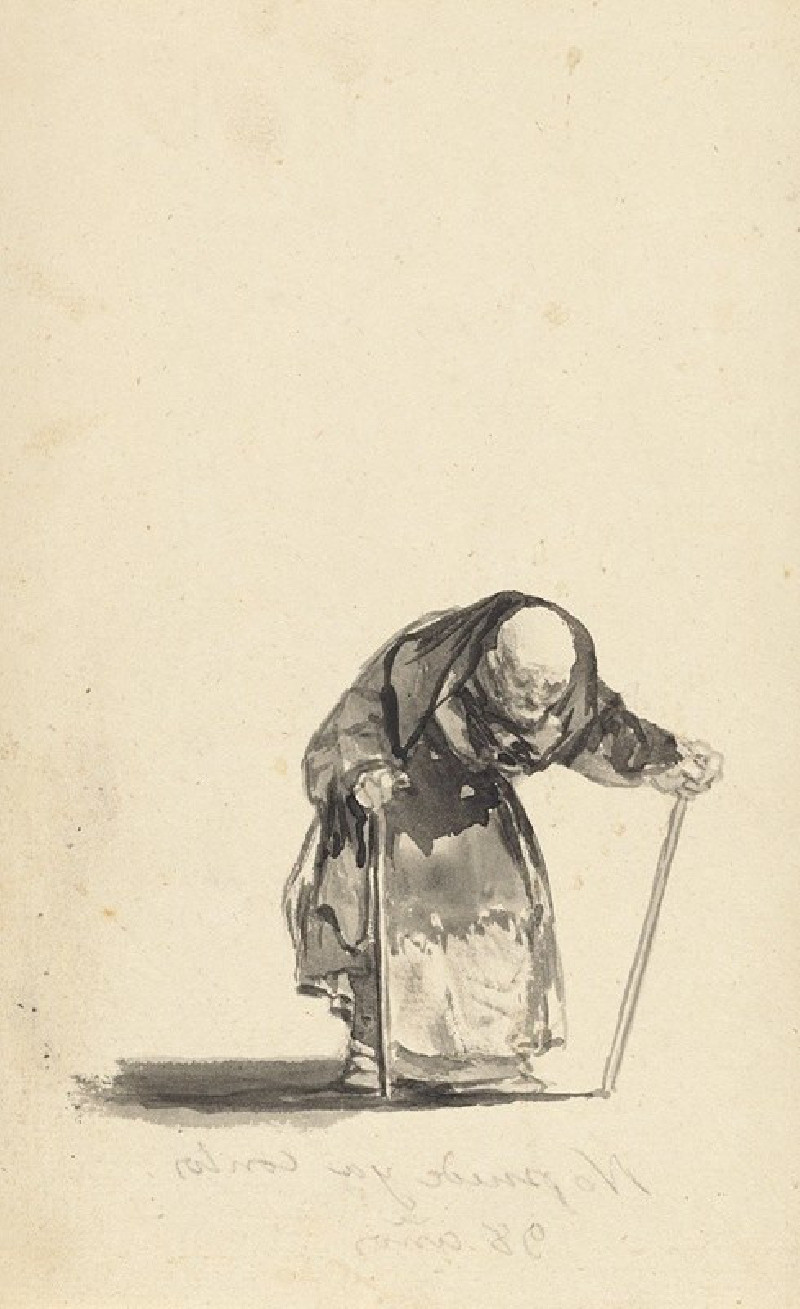
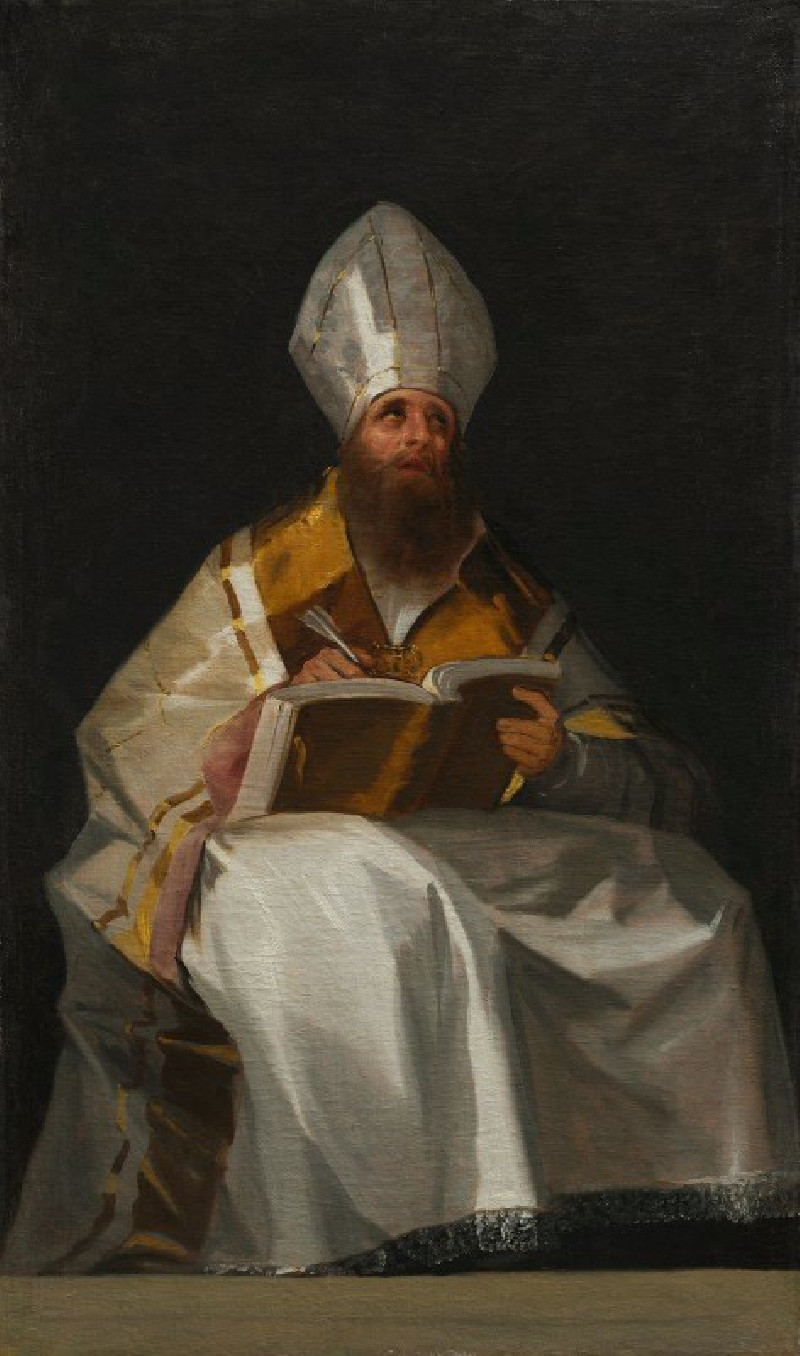
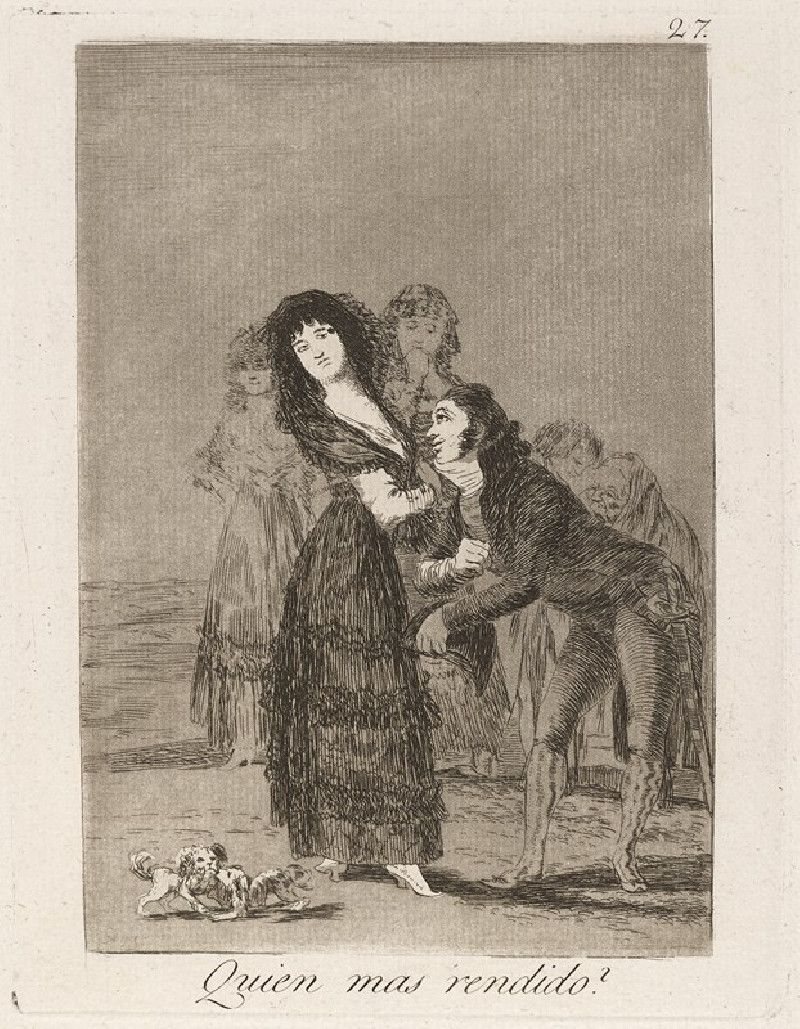
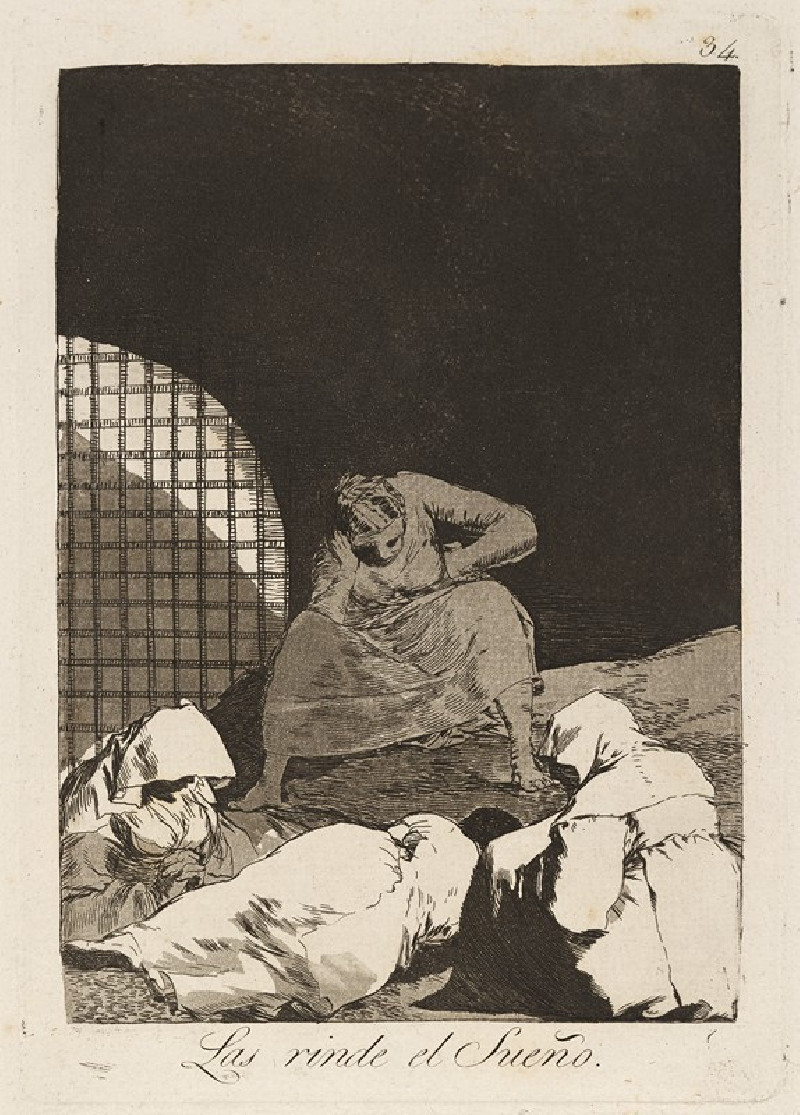
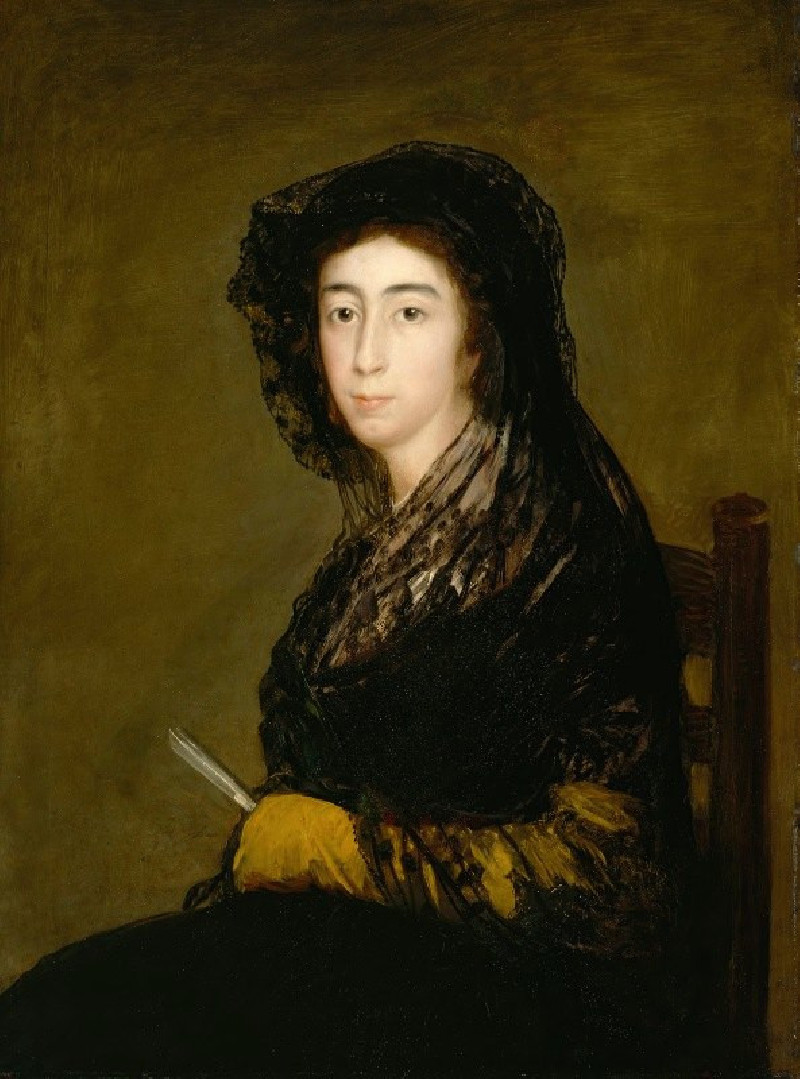
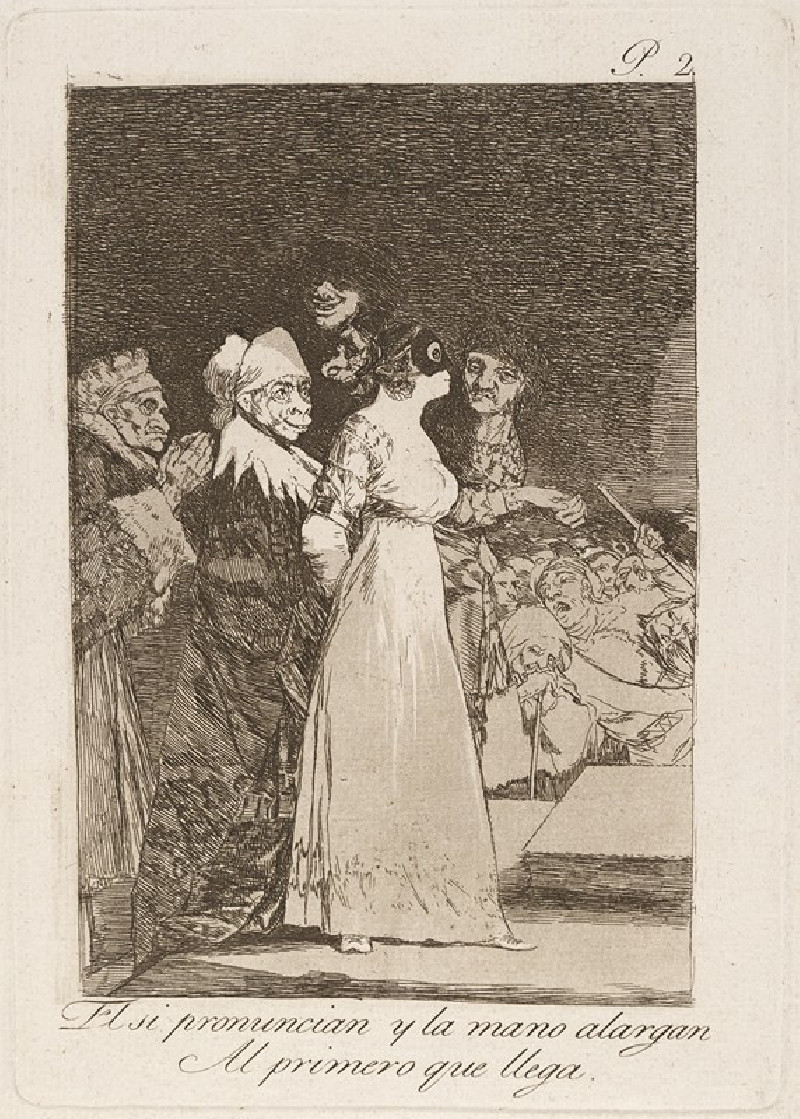
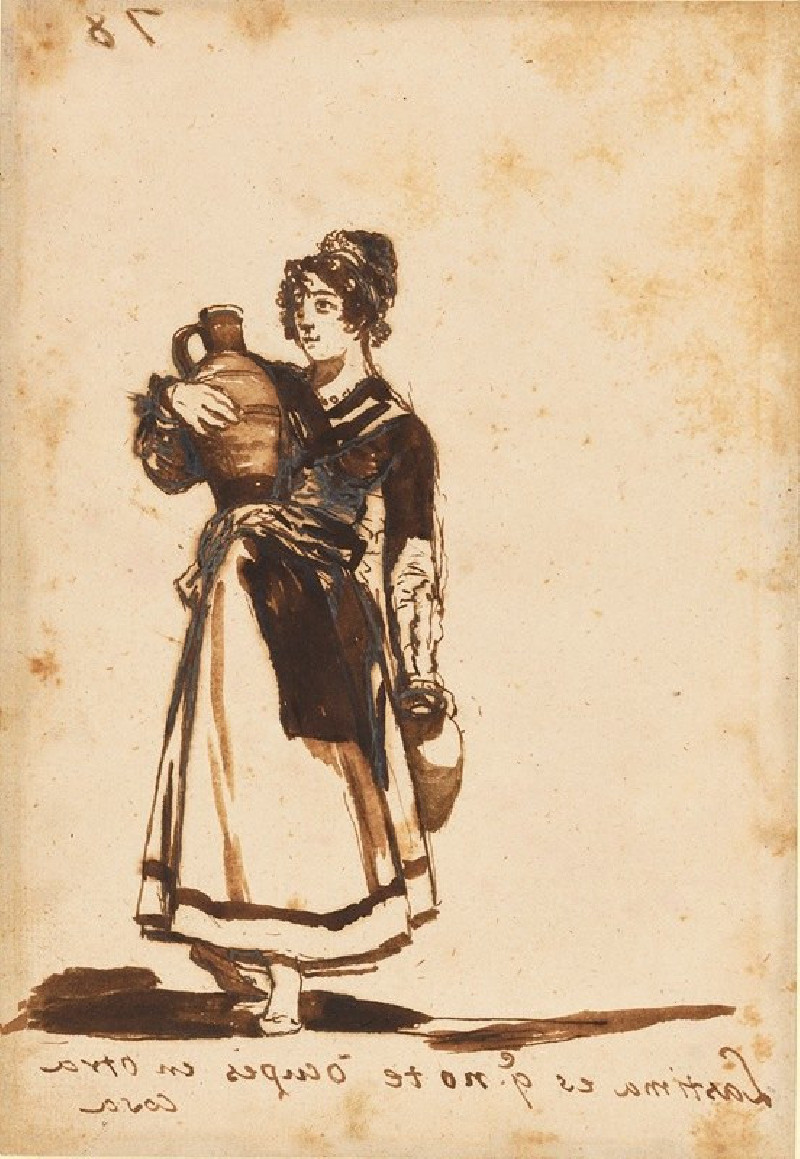
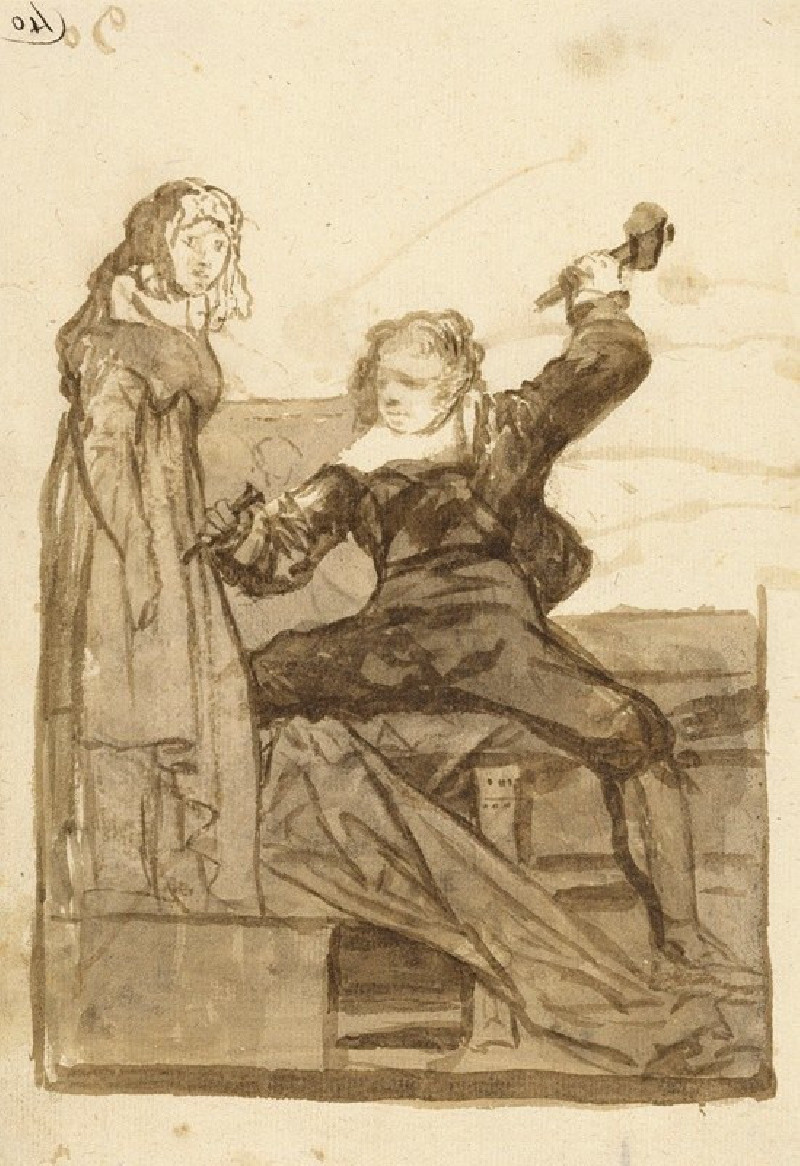

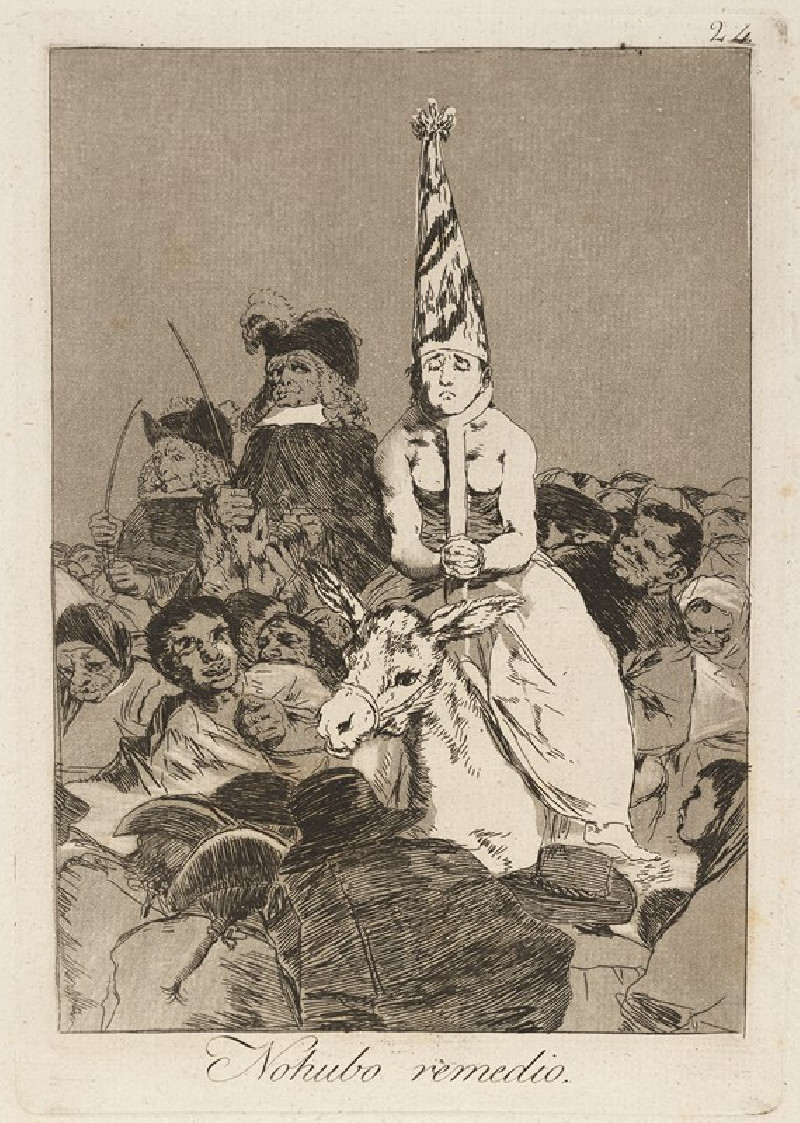

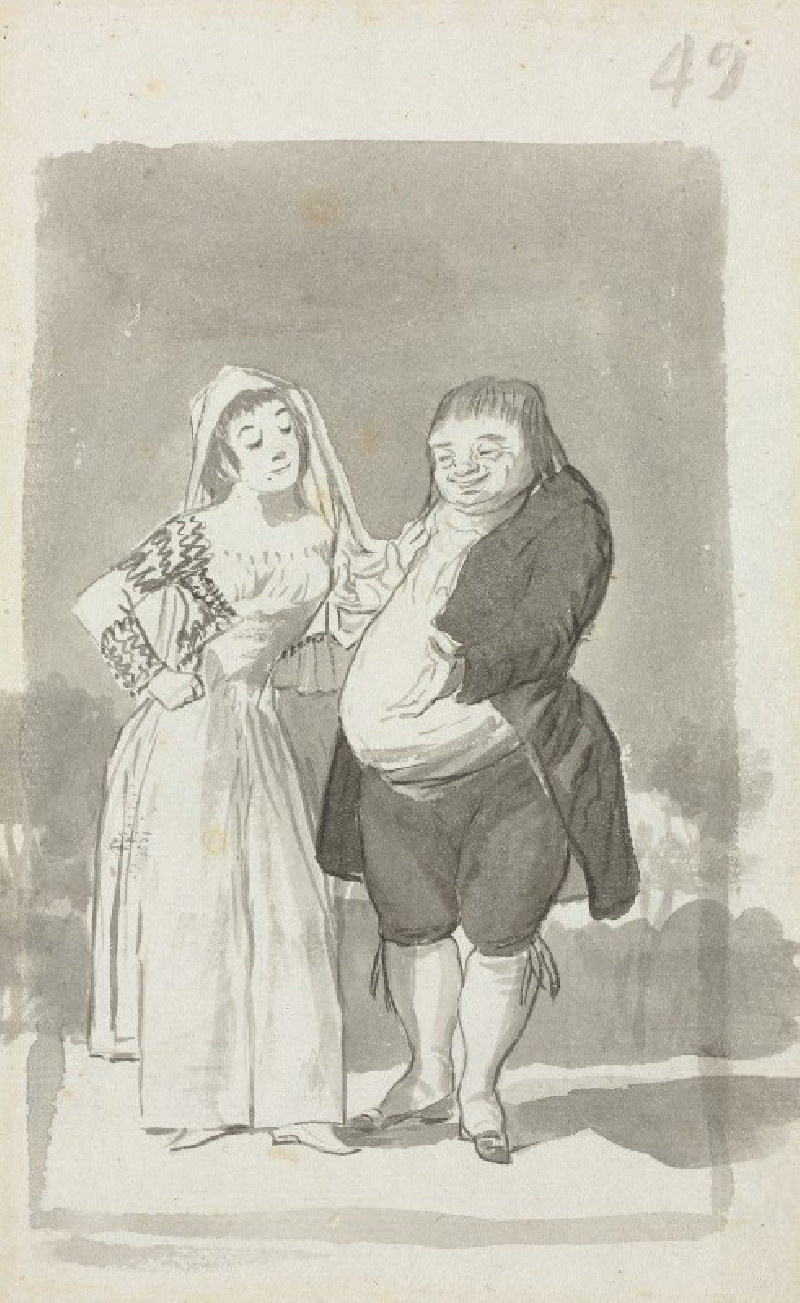

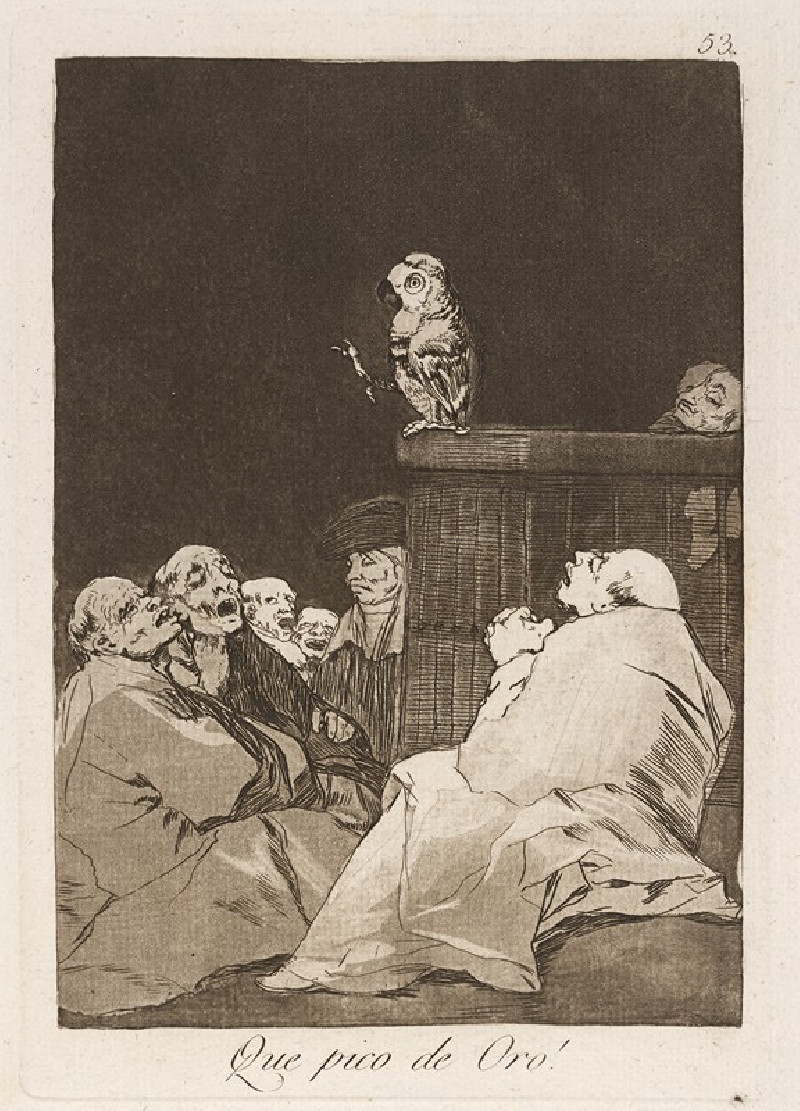
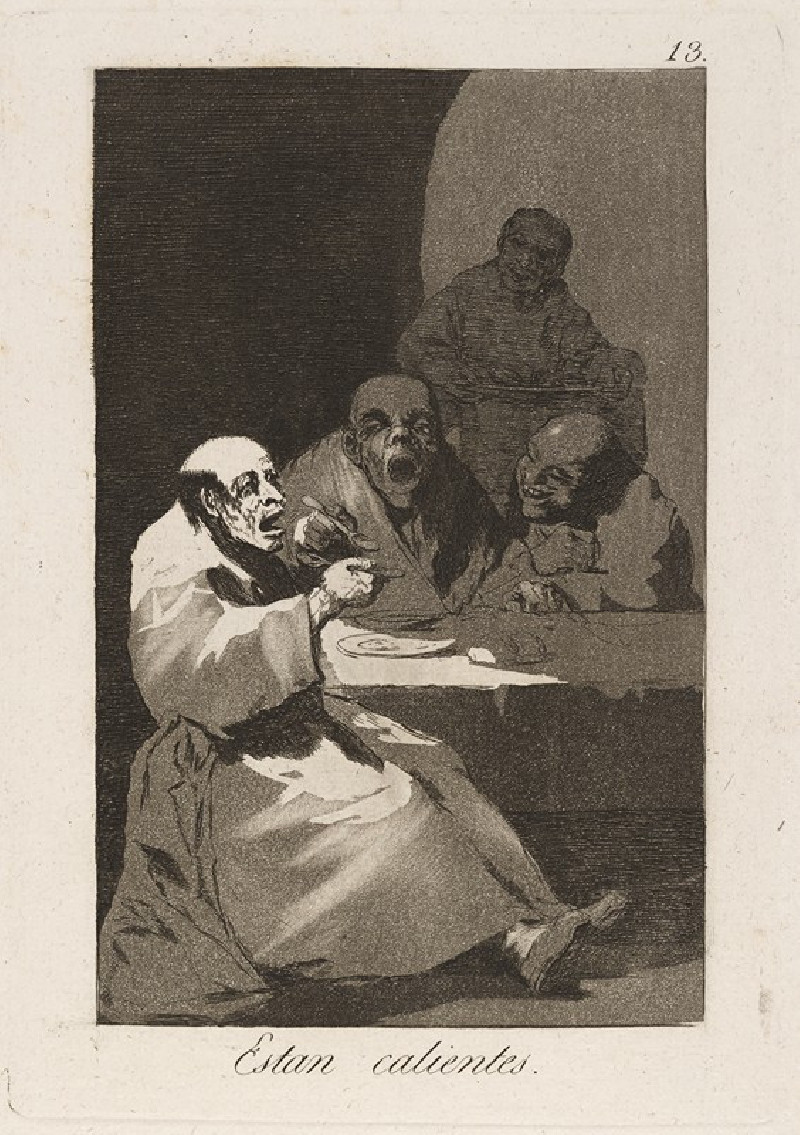

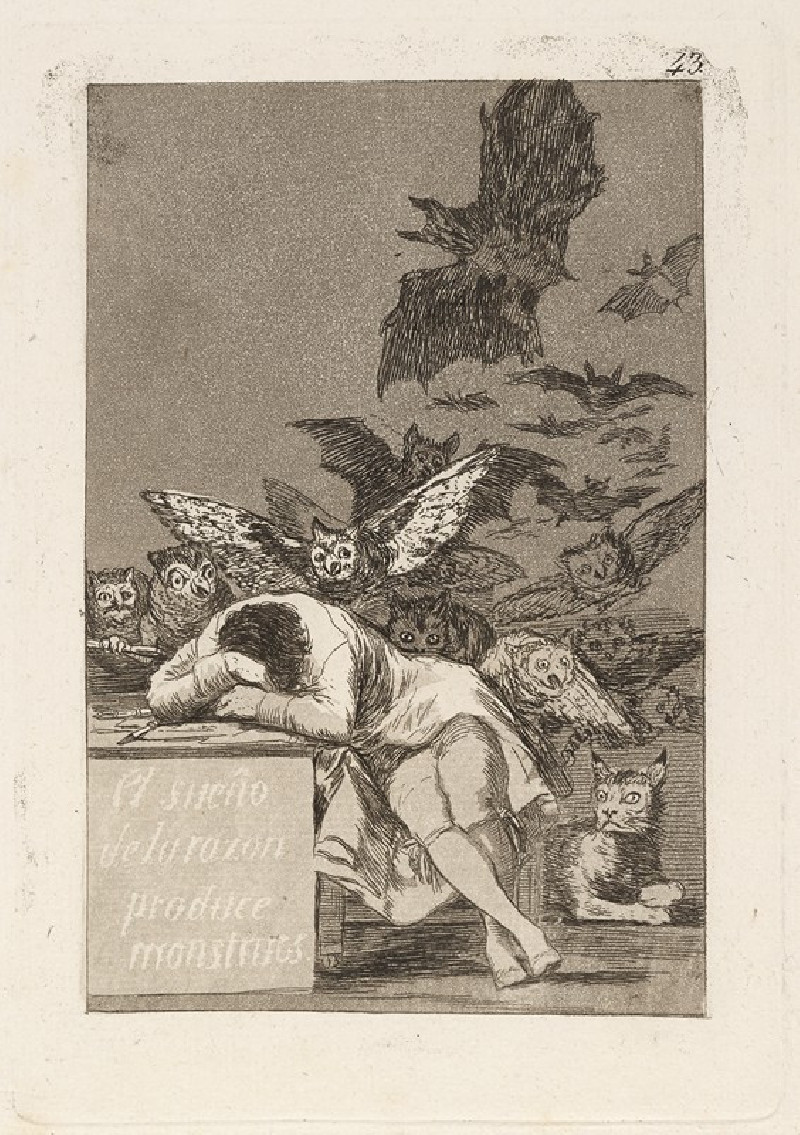
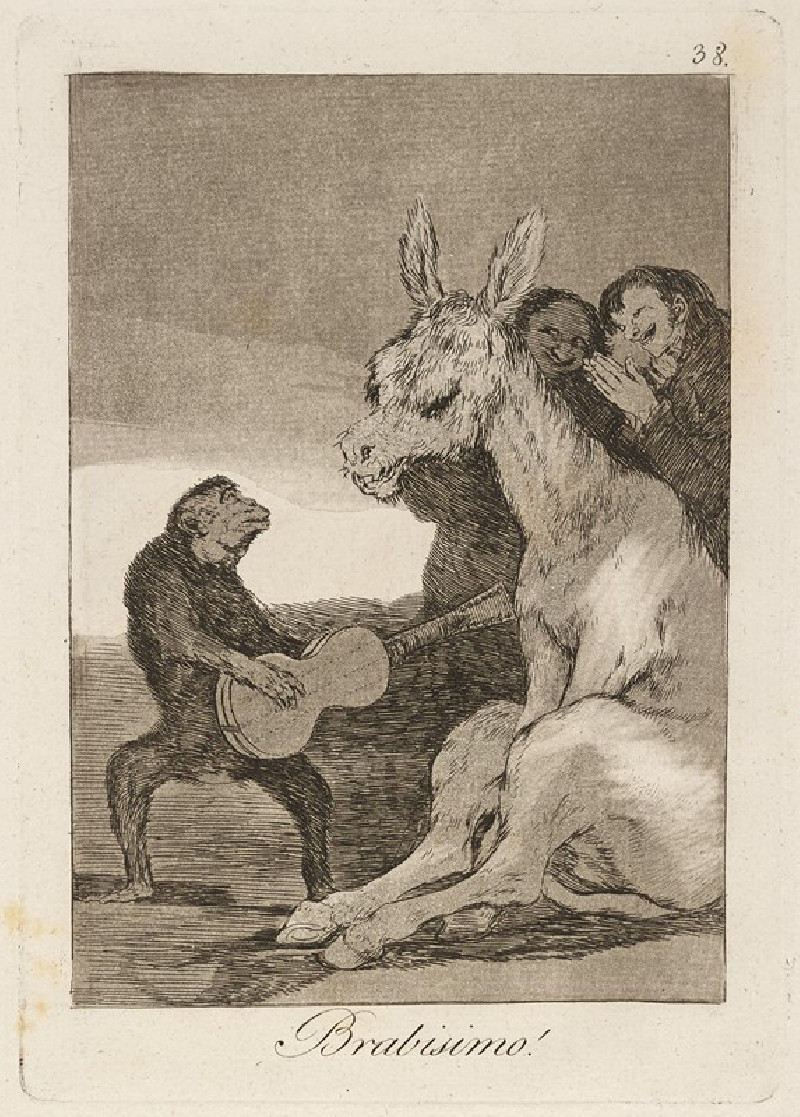


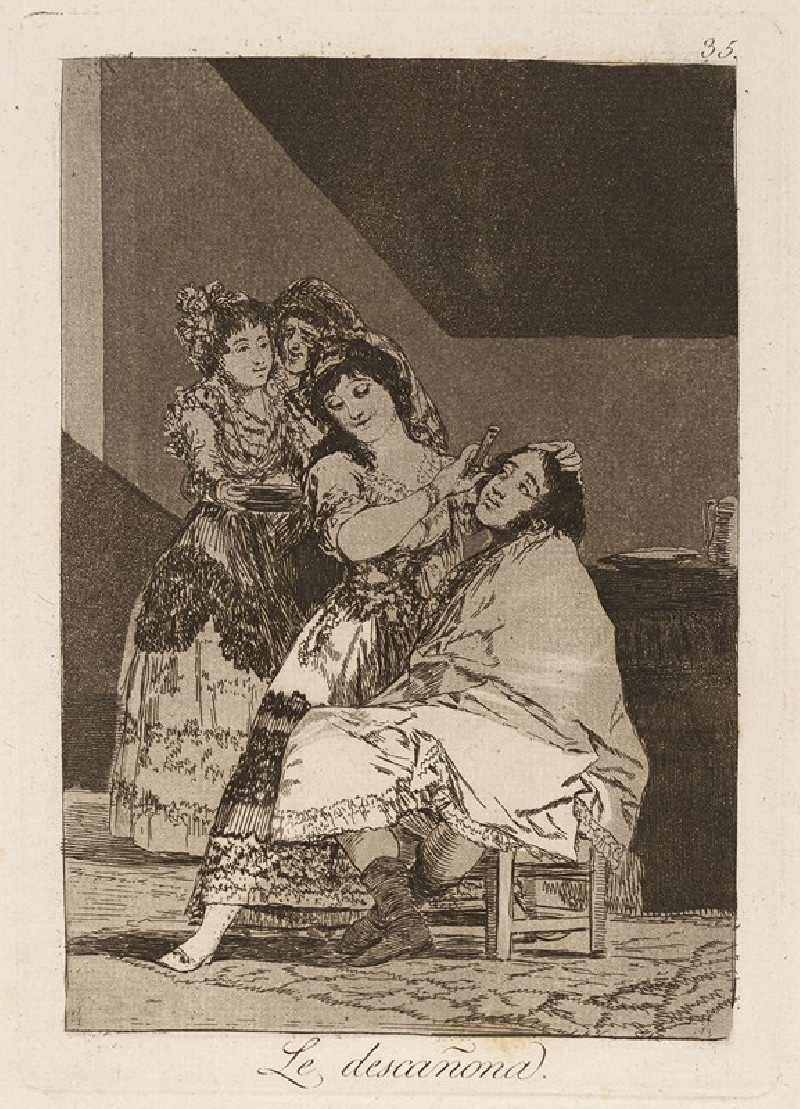
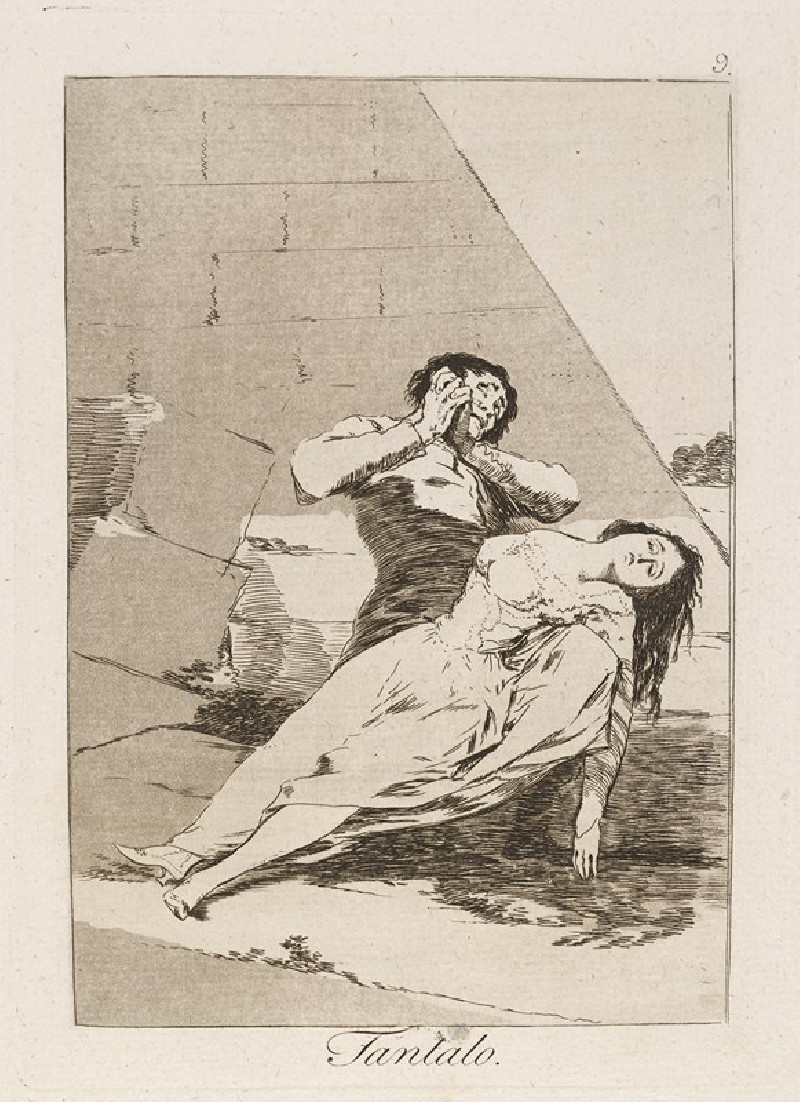




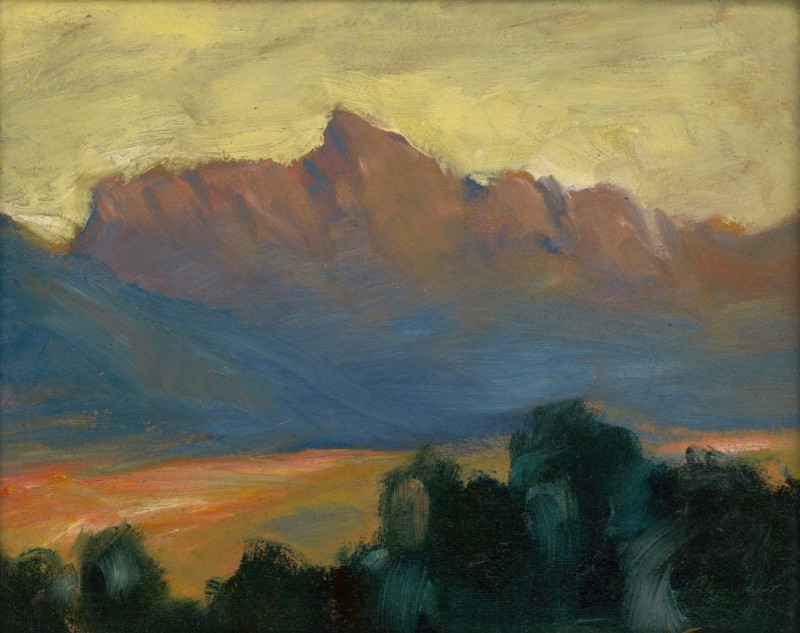
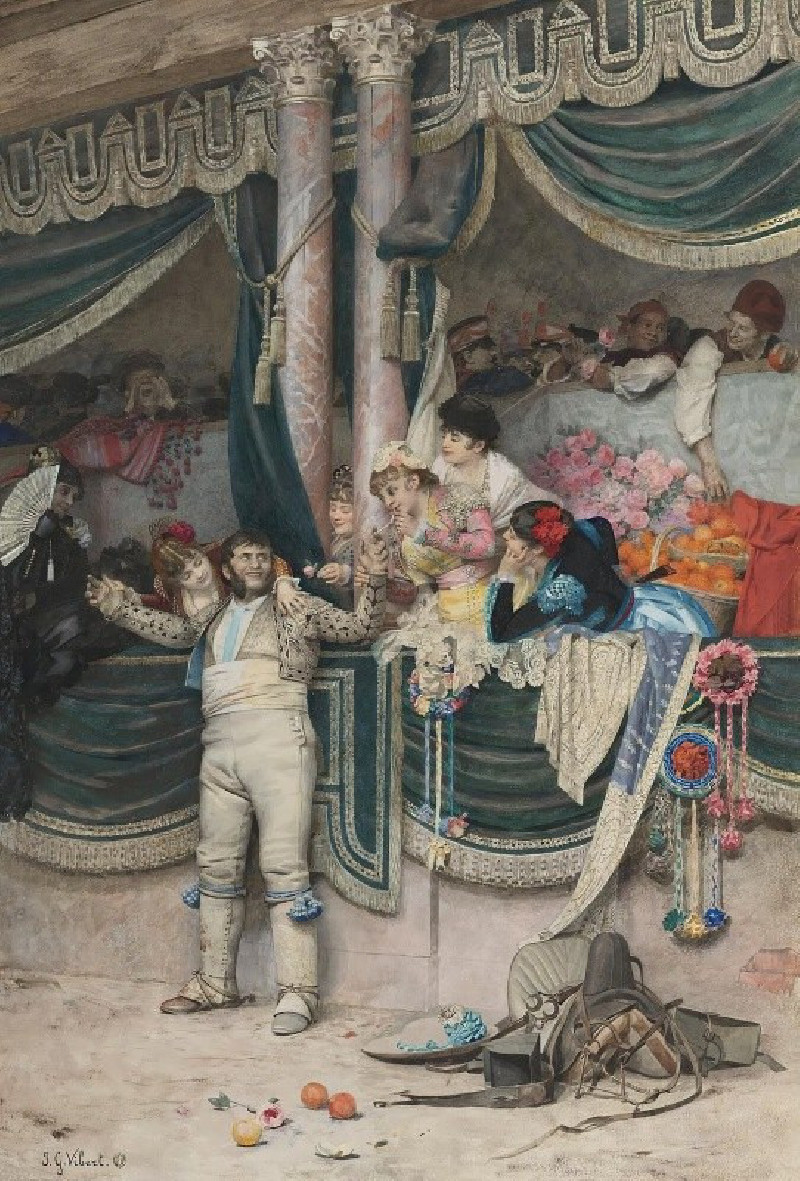
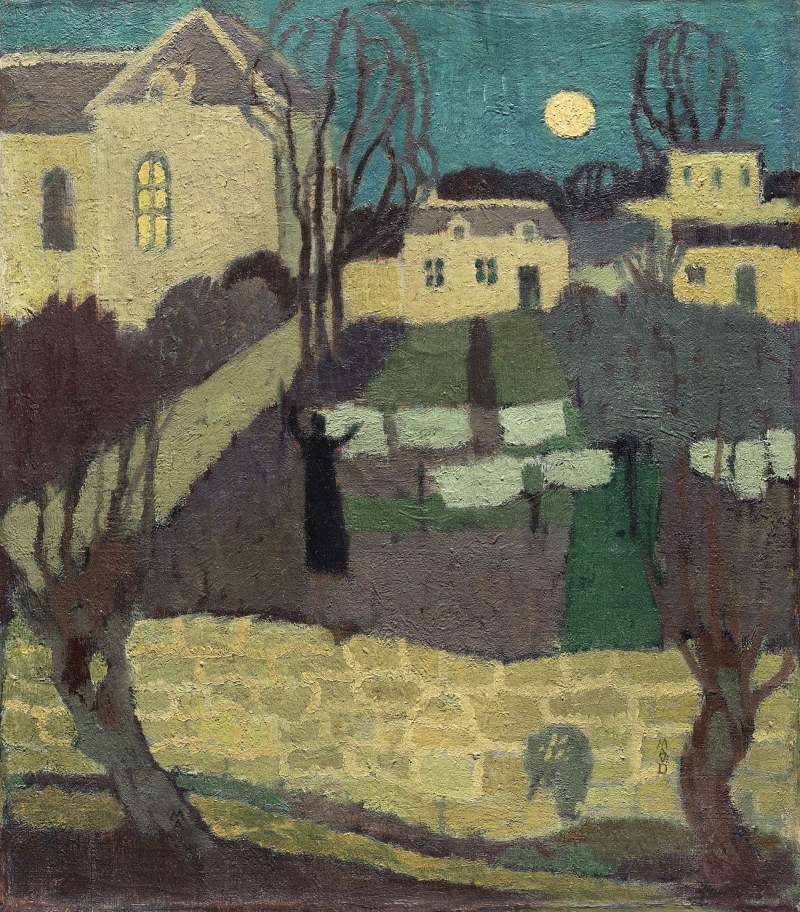
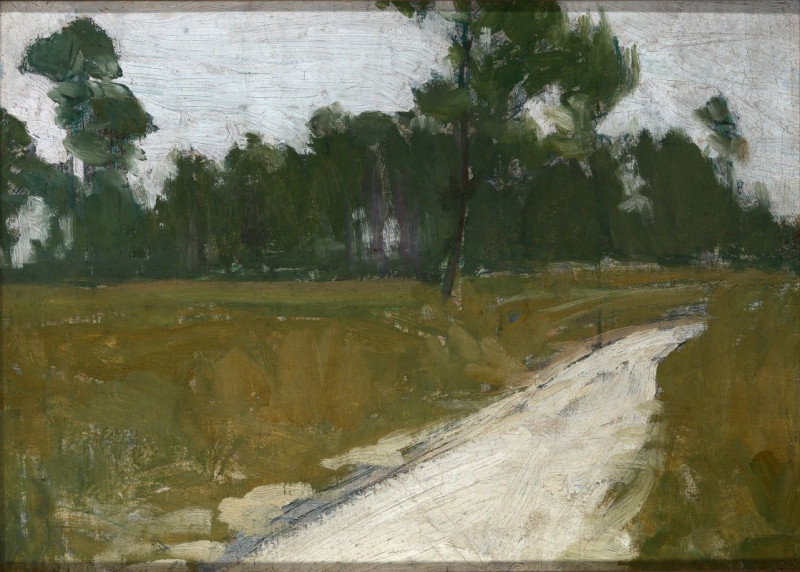
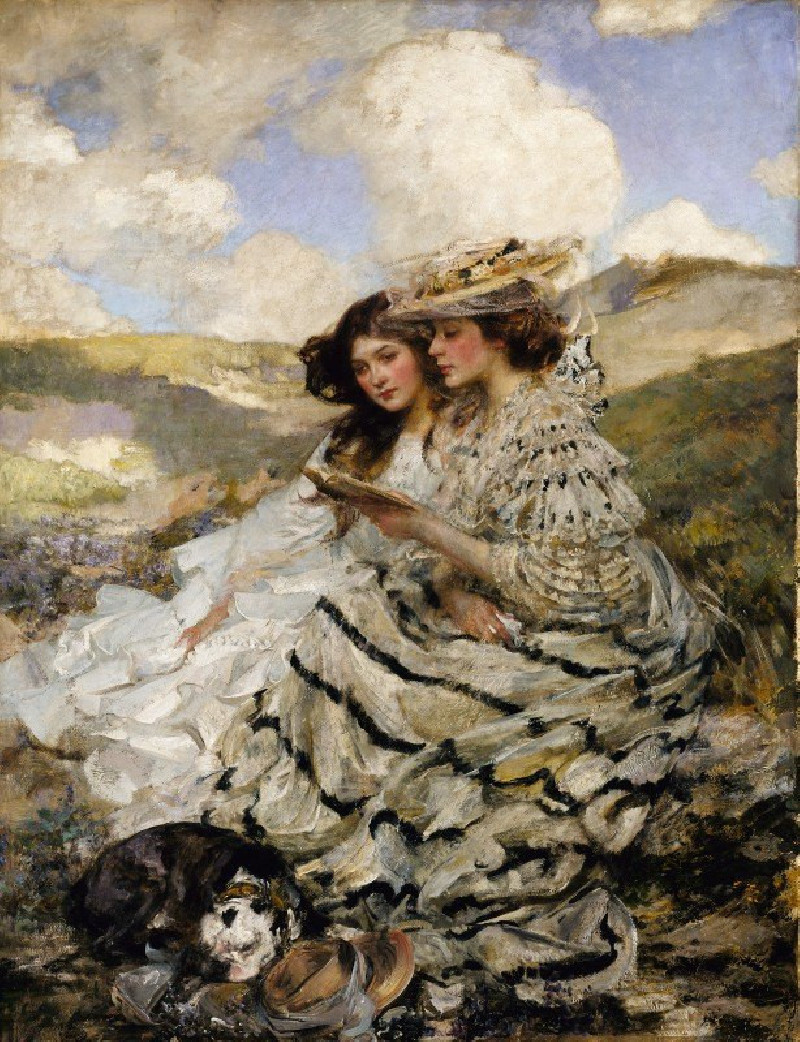
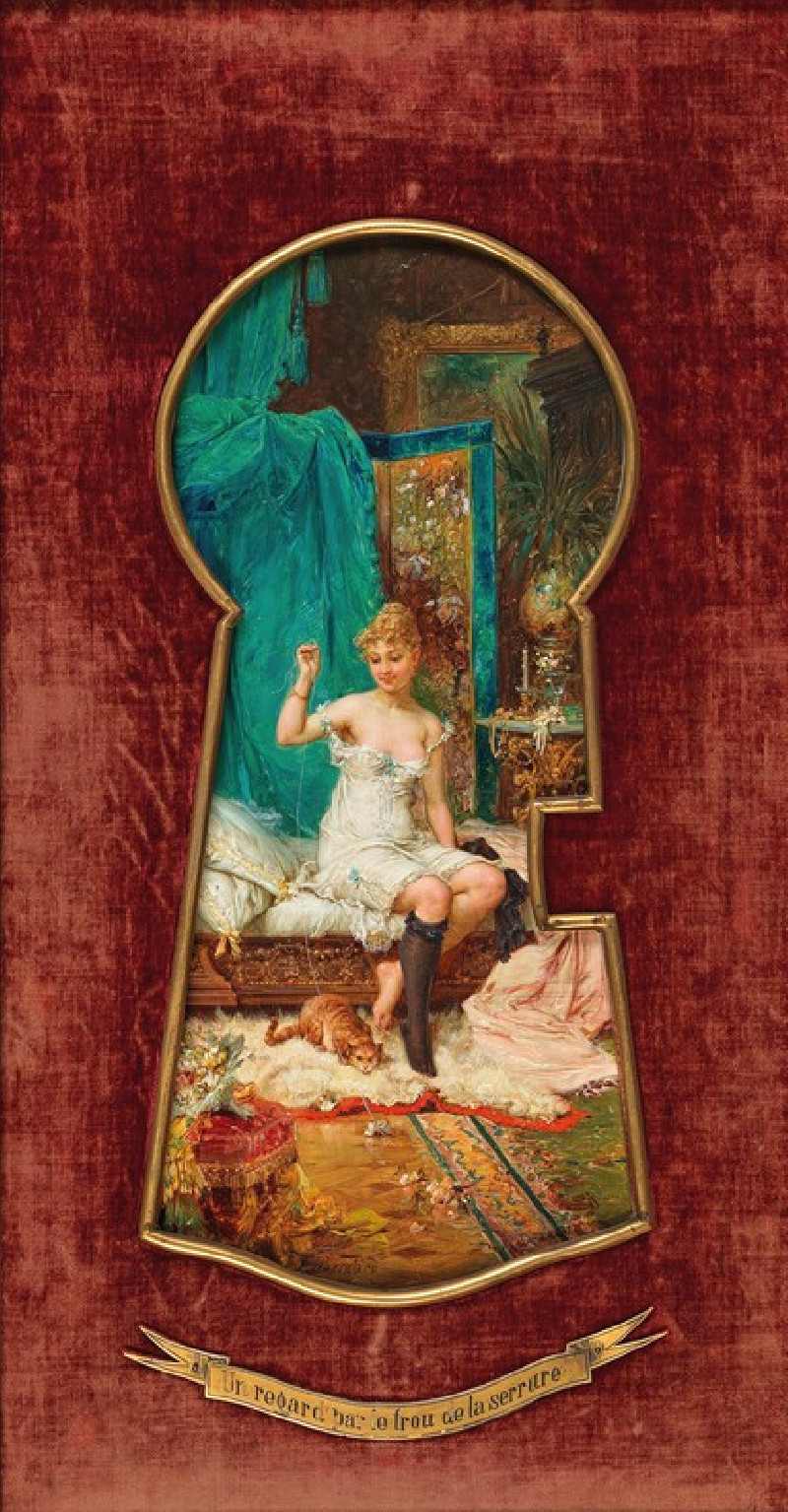
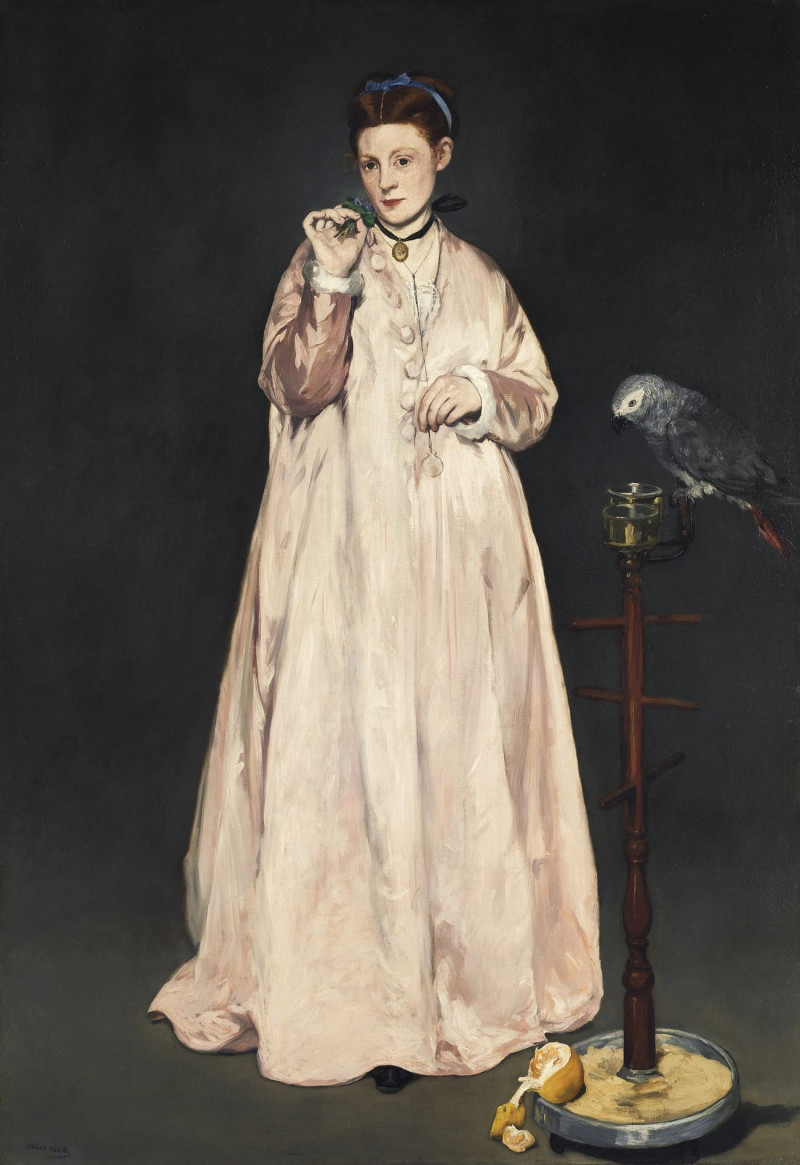
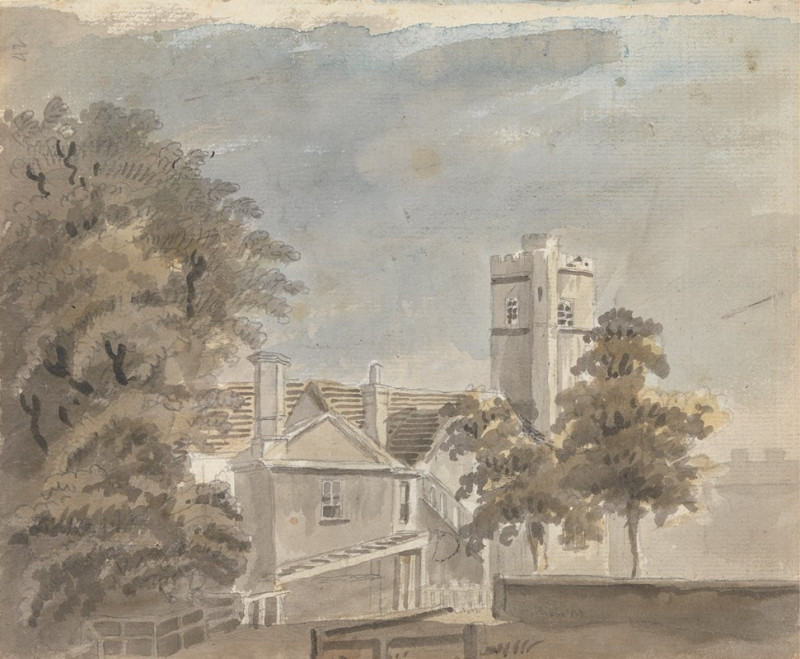
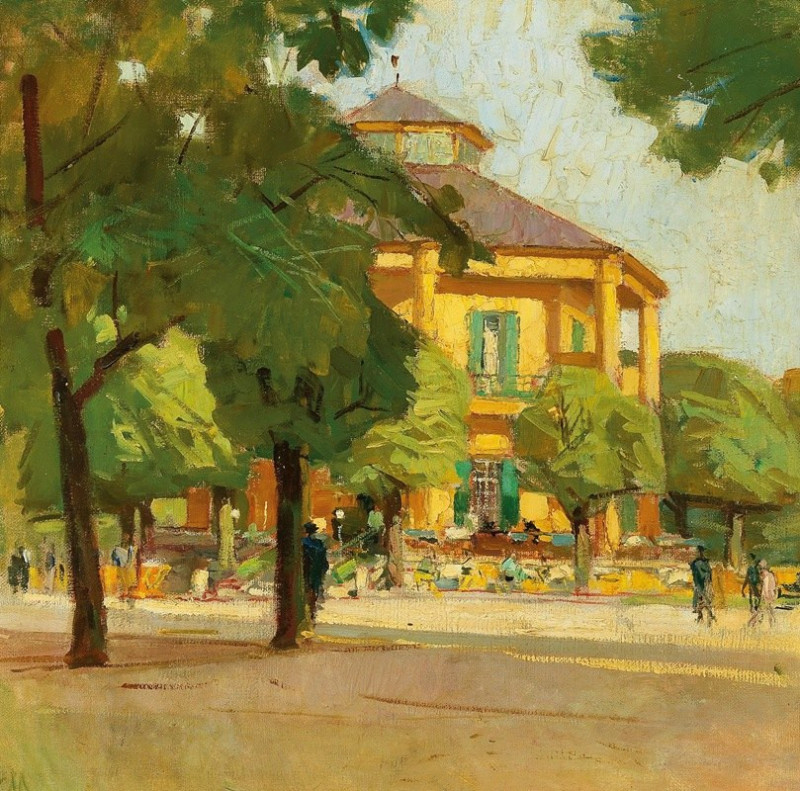
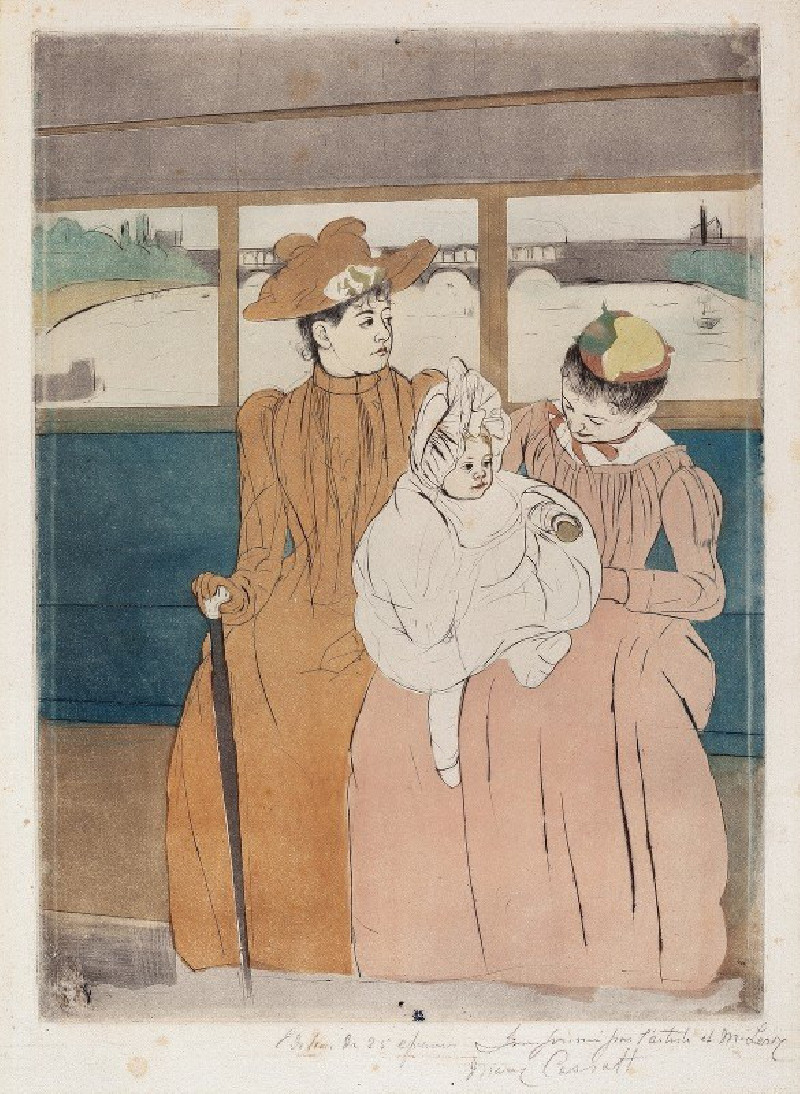
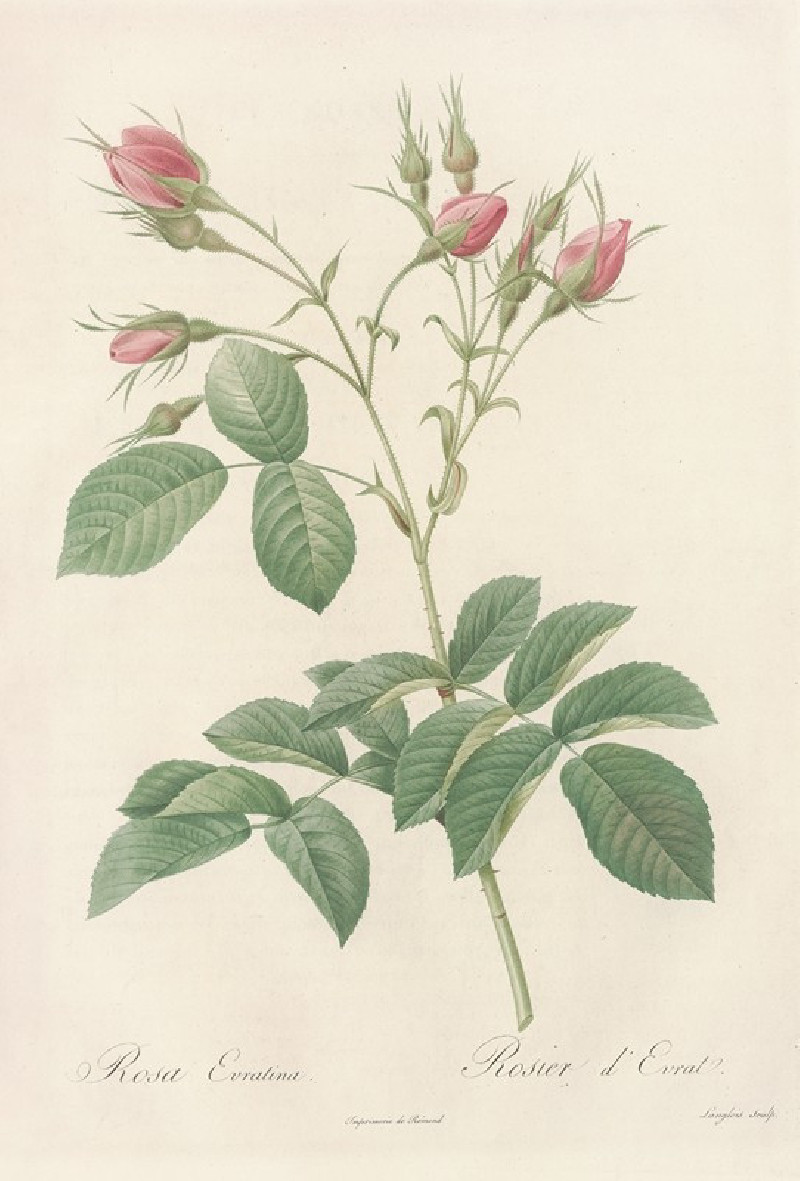
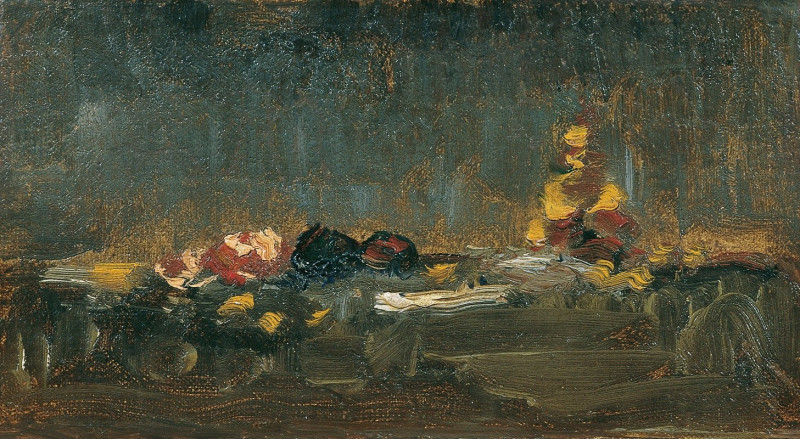
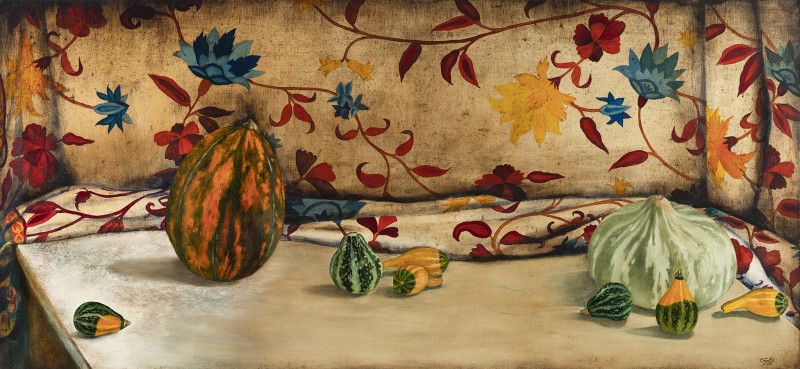
![Boats on the Hoogley [Hooghly] River reproduction of painting by Samuel Davis. ALL GICLEE PRINTS](https://reprodukcijos.lt/46486-large_default/reproduction-of-boats-on-the-hoogley-hooghly-river.jpg)

